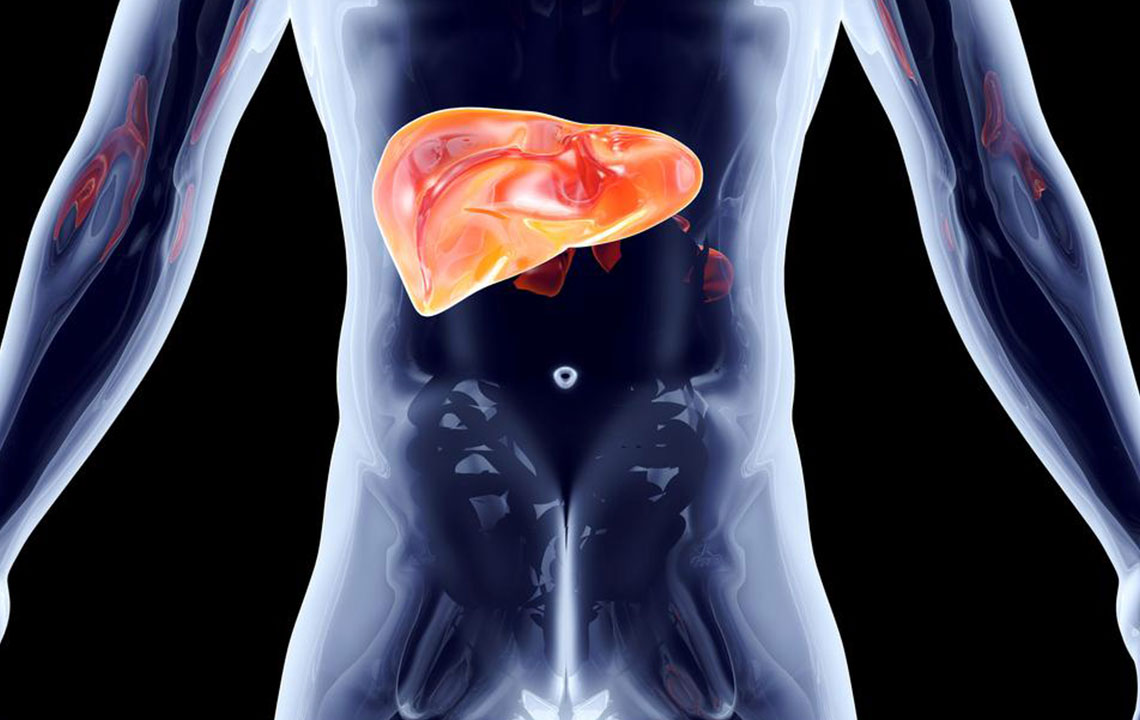Comprehensive Strategies for Managing and Treating Hepatitis C Effectively
This article explores comprehensive strategies for managing and treating hepatitis C effectively. It discusses the disease’s transmission, current treatment options like direct-acting antivirals, and the importance of early detection. The piece emphasizes recent medical advancements that enable a high likelihood of curing hepatitis C, highlights ongoing research, and stresses the need for preventative measures and regular testing to curb the disease's spread and impact. It serves as a vital resource for understanding how to combat hepatitis C and improve patient outcomes globally.

Comprehensive Strategies for Managing and Treating Hepatitis C Effectively
Hepatitis C is a serious viral disease that primarily targets the liver, leading to inflammation and, if left untreated, long-term liver damage such as cirrhosis or liver cancer. This infection is caused by the hepatitis C virus (HCV), which is predominantly transmitted through exposure to infected blood. It remains one of the most prevalent and potentially dangerous hepatitis viruses globally, affecting millions of individuals worldwide. Understanding the complex nature of hepatitis C and exploring effective management and treatment options is vital for preventing severe health complications and ensuring a better quality of life for those affected.
Understanding Hepatitis C
Hepatitis C is transmitted mainly through blood-to-blood contact, making situations such as sharing needles, unscreened transfusions, and improper sterilization of medical equipment common transmission routes. Unlike hepatitis A and B, which have vaccines, hepatitis C currently lacks a preventative vaccine, making detection and treatment the most effective tools for managing the disease. Symptoms often do not appear until the infection has significantly progressed, which underscores the importance of regular testing and early diagnosis. Left untreated, hepatitis C can lead to serious complications, including chronic liver disease, cirrhosis, liver failure, and hepatocellular carcinoma.
Modern Treatment Options and Their Effectiveness
Advances in medical science over recent decades have revolutionized hepatitis C treatment. The introduction of direct-acting antiviral (DAA) drugs has dramatically increased the success rate of eradication, with some regimens achieving a cure rate exceeding 95%. These treatments work by directly targeting the virus, inhibiting its ability to replicate, and are generally well-tolerated by patients.
A complete cure, often termed virological cure, occurs when the virus is no longer detectable in the blood for at least three months after completing therapy. This milestone indicates that the patient's immune system has successfully cleared the infection. Post-treatment testing is vital to confirm the success of therapy. If the virus remains undetectable, the individual is considered cured, although ongoing monitoring is recommended to prevent potential reinfection.
The Question of a Permanent Cure:
While hepatitis C can be effectively cured today, researchers continue exploring vaccines and novel therapies to prevent infection and improve management. The absence of a vaccine means prevention relies heavily on reducing risk behaviors and ensuring blood safety. Nonetheless, the outstanding success of current antiviral drugs offers hope for millions affected around the world.
Addressing Liver Damage and Long-Term Health
Even after successful treatment, some patients may have residual liver damage accrued during years of chronic infection. This underscores the importance of early diagnosis and prompt treatment, ideally before significant liver injury occurs. For patients with existing cirrhosis or liver cancer, additional clinical management strategies are necessary to prevent disease progression and maintain health.
Global Impact and Importance of Early Detection
In the United States alone, over 4 million people are affected by hepatitis C, placing a significant burden on healthcare systems. Early detection through routine screening, especially among high-risk populations, is crucial for effective management. Healthcare providers emphasize regular testing for individuals born between 1945 and 1965, injection drug users, and others with increased risk factors. Timely diagnosis facilitates early intervention, preventing the progression of liver disease and reducing healthcare costs associated with advanced complications.
Looking Ahead:
Continuous research is focused on developing a hepatitis C vaccine and improving existing treatments to achieve even higher cure rates and minimize side effects. Public health initiatives aim to increase awareness, screening, and access to antiviral therapies, ultimately aiming to eliminate hepatitis C as a public health threat.





